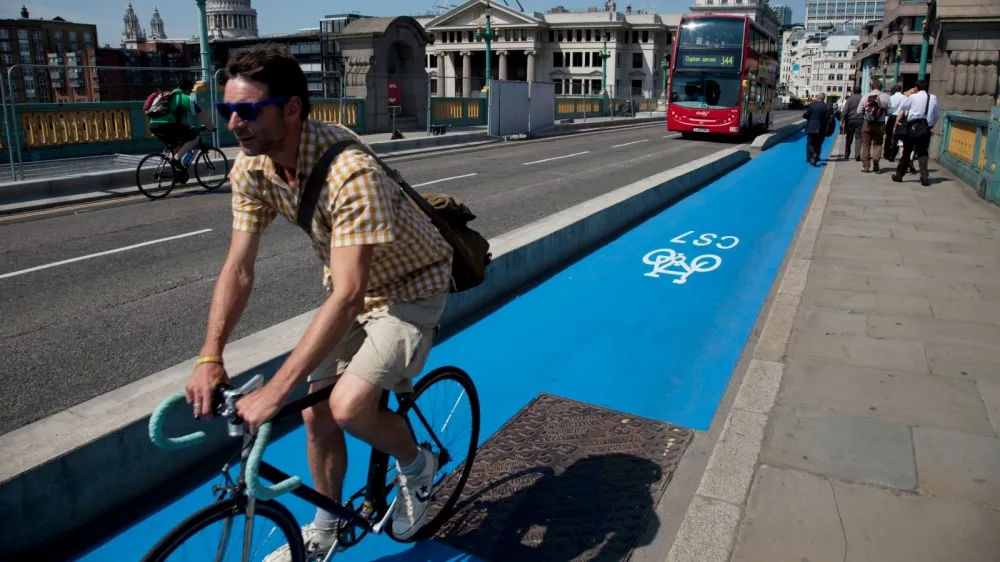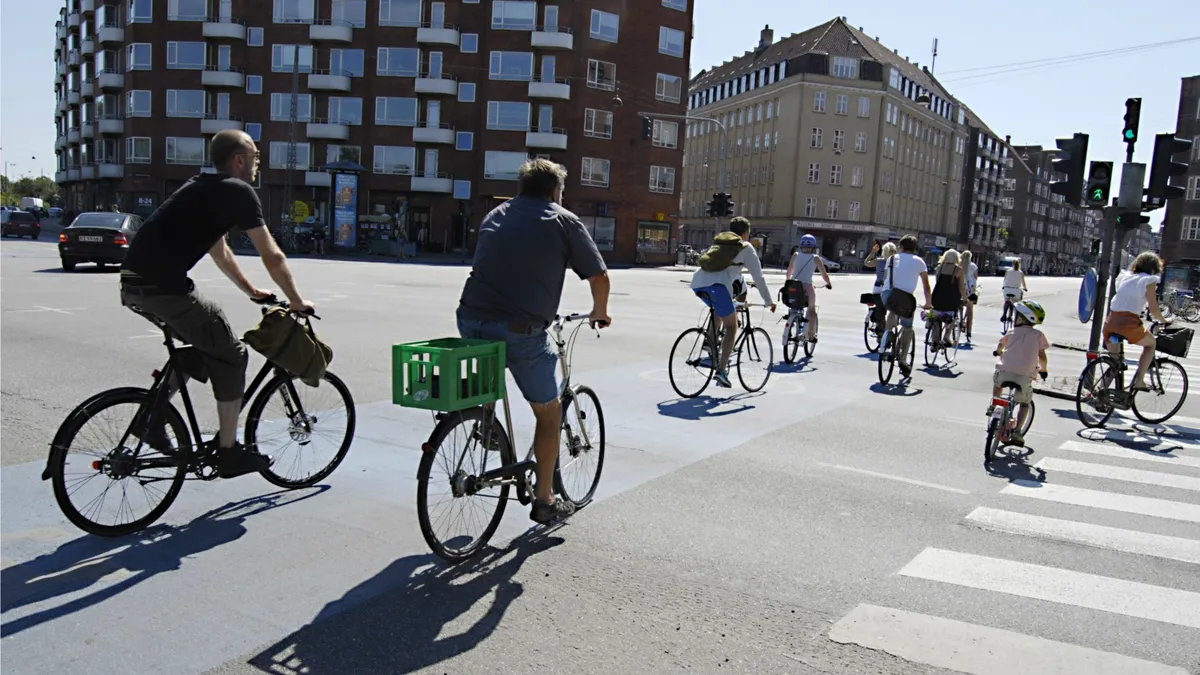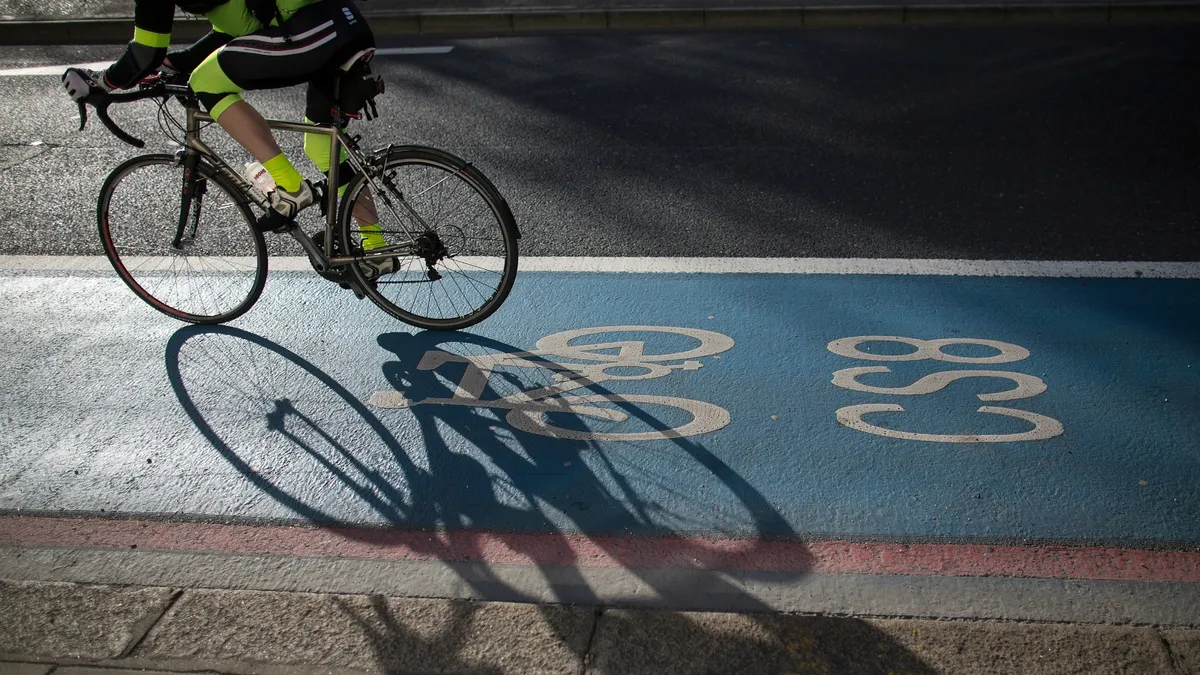Usage of London's cycle superhighways and quietways has expanded massively in the past year, says a report just out from Transport for London (TfL).
- What's the best bike for cycle commuting?
- Best bike: our buyer's guide to which bicycle type you should buy
- 11 tips for safer city cycling
According to the report, use of the east-west superhighway along Victoria Embankment has increased by 54 per cent since November 2015. That figure equates to 3,608 and 3,389 riders using the route, on average, during the morning and evening peak times respectively.
Use of the north-south superhighway across Blackfriars Bridge is also said to have increased by 55 per cent (equating to 4,695 and 3,722 riders during the morning and evening peaks on average), since its completion in April 2016.
"By 2031, London’s population is expected to increase by approximately 1.3 million and the city will host an additional 800,000 jobs," says the report. "With increases in population, more people are needed to cycle to help reduce overcrowding on London’s roads and public transport networks."

A further 50km of routes is expected to be added to the existing network by spring 2017. No figures are given however on whether this means an overall increase in the number of cyclists in London, or whether the existing ones have simply switched to purpose-built infrastructure.
The cycle superhighways (separate bike lanes that run alongside major routes through and across London that are closed to motor vehicles) and quietways (orbital bike routes around the city) are part of TfL’s scheme to have 1.5 million journeys a day made by bike in the city by 2026.
What's more, TfL says that fewer cyclists are jumping red lights: "Whilst it is still early to judge objectively the success of the new CS routes, observations are showing good compliance of traffic signals and other infrastructure, plus a wider appeal and use beyond commuter cycling, including increasing use by parents and children."

The report’s findings suggest that more people are prepared to travel by bike if safe, traffic-free facilities are provided. It echoes similar findings to those in Copenhagen, where bike use has now overtaken car use, according to a story published in the Guardian.
The Danish capital city has seen bicycle traffic rise by 68 per cent in the last 20 years and has spent 1bn kroner (£115 million / $143m / AU$ 192m) on cycling facilities since 2005. Currently 41 per cent of all commutes in Copenhagen are made by bike.
Speaking to the Guardian, Morten Kabell, Copenhagen’s mayor of technical and environmental affairs, pointed out that it’s possible for any city to create a similar situation. “What we’ve shown the rest of the world is that if you build protected infrastructure, people will start riding their bikes.”


